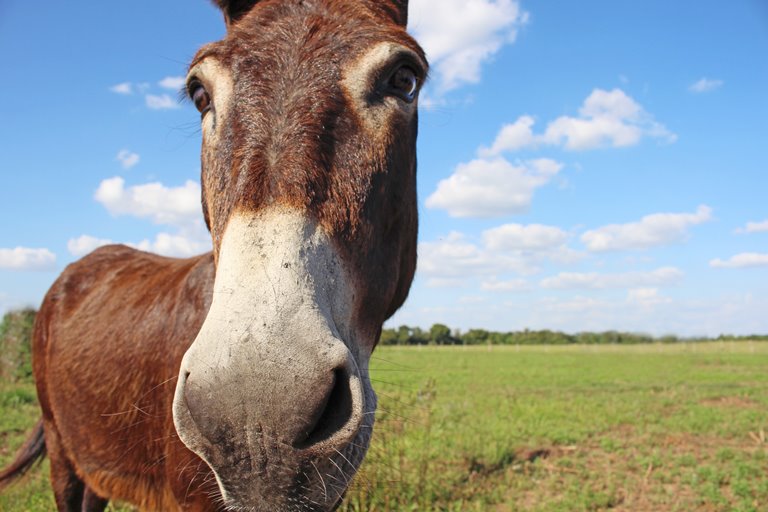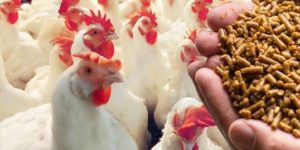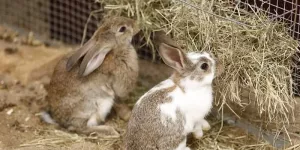Taking care of farm animals is already a difficult task, but in recent years the number of farm animals with internal hemorrhages has increased significantly. Detecting hemorrhages isn’t easy, but there are several signs that can help to identify potential hemorrhages. Many cows, for example, exhibit lethargy due to existing hemorrhages, feces or stool which may have blood in them, and the small intestine and organs are often swollen or covered in sores or lesions.
The reason hemorrhages have increased can be chalked up to some changes in farm environments. Cows, for example, are more likely to develop them due to the weakness that standing on concrete for extended periods of time with their hooves can inflict upon their body.
You must always consider the environment that your farm animal spends its day in. Also confirm whether it’s walking on surfaces that are natural for it, whether it might get into exposed and unnatural foods, and so on.
Hard to Spot Signs
One of the hardest to spot signs of hemorrhages is lethargy. Bleeding quickly causes a loss of energy and enthusiasm in people and animals alike, but farm animals can’t simply tell you or display this easily to owners. Look for sagging eyes, inactivity, and a general malaise that seems unnatural in your farm animal. Signs of an animal that is normally energetic acting out of the ordinary usually mean it is sick, or in this case, may queue you into a wound that you can’t see.
Also Read: Health Management in Livestock Production
Easy To Spot, But Signs of Imminent Danger
When a farm animal starts bleeding in the wrong places, the body attempts to get rid of the blood in any way it can. If an animal has an internal hemorrhage or one that is hard to spot, it will often excrete the blood to try and fight the bleeding. If you think your farm animal might have a hemorrhage, you should look for this sign, as it’s usually a sign that the hemorrhage has been there a while and needs to be treated as soon as possible or the animal’s life will be at risk.
Risky But Definitive Methods
If you can get a medical practitioner to help, in some cases you might simply have to check inside the animal itself. Surgery is always a risky option, but hemorrhages cause far more damage to an animal internally, rather than externally. The small intestine is often shriveled or has lesions on it, as the loss of blood prevents nutrients from properly coming and going through it. Areas near a hemorrhage will often look discolored or dry too due to loss of blood in the area.
Like we said, detecting hemorrhages isn’t easy. Easy to detect signs like a lethargy in the animal’s actions and a poor farm environment can be mistaken for symptoms of other diseases or injuries. And more definitive ways of determining that your animal has a hemorrhage, like finding blood in their excrement or spotting injured organs, carry their own risks that put the animal in danger. But detecting a hemorrhage early using any of these methods could save its life.








